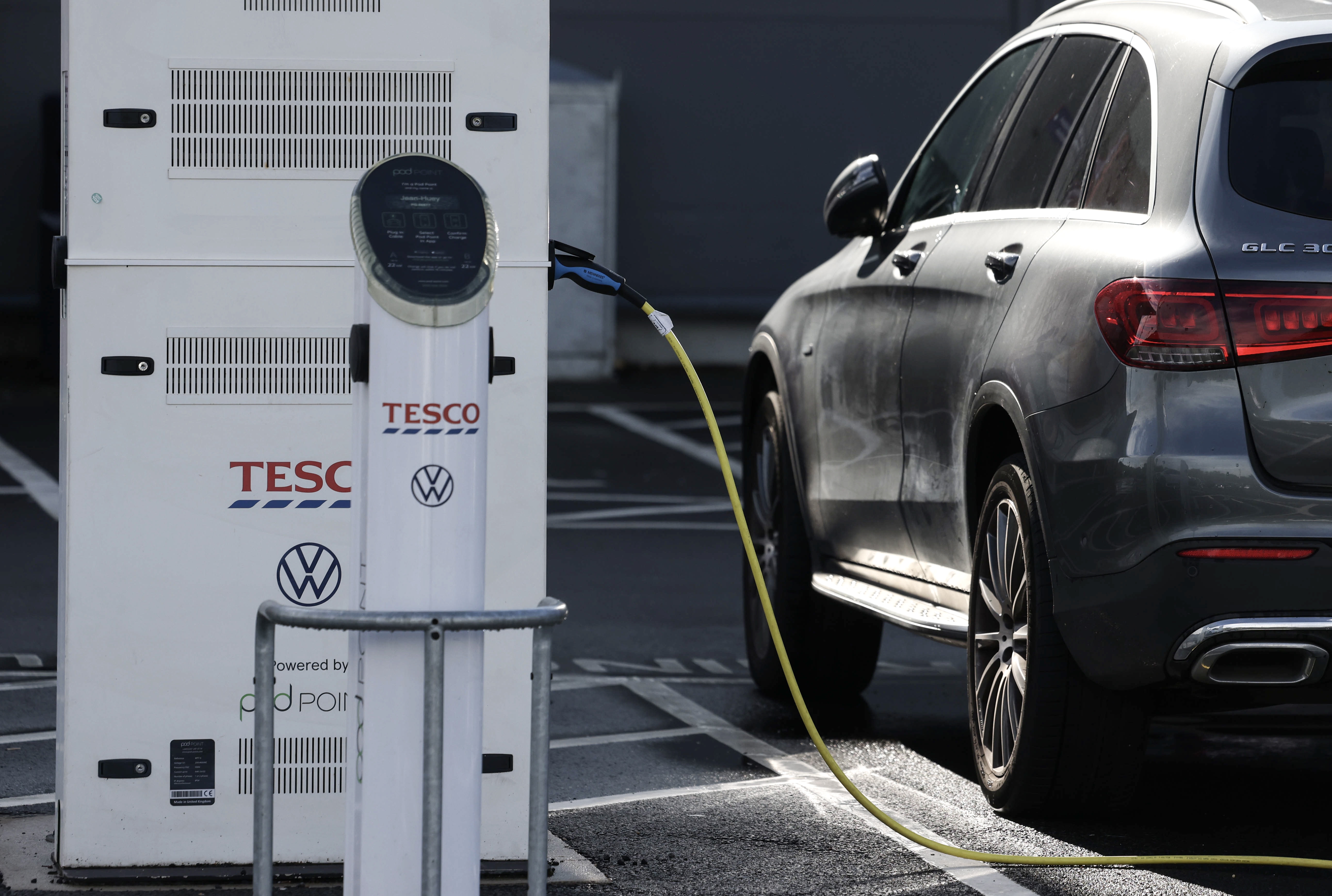Data from the Automotive Business Council’s November new car sales dashboard show that year-to-date sales to the end of October were as follows: electric and hybrid car sales increased by 13% year-on-year, with 1,130 electric cars, 533 plug-in hybrid cars and 10,739 traditional hybrid cars sold.
We’re all familiar with the idea of an electric vehicle (EV): it’s a car that typically is driven by an electric motor powered by a lithium-ion battery instead of an internal combustion engine which uses a traditional lead-acid battery. However, there are finer details to EV batteries that you may not be aware of.
How to keep your battery at its optimum
- Once a week is a good benchmark for how often EVs typically need to be charged if you drive for two hours a day, according to Volvo sales executive Marcus Mento. When it’s time to charge, there are two kinds of charging stations. AC charging stations, called “slow charge” stations, take several hours to charge an EV, while DC charging stations — “fast charge” stations — push out more kilowatts. Fast charging is convenient; but for the sake of the EV’s battery, it shouldn’t be done too often.
- Remember how you were warned not to keep older smartphone models plugged in constantly? The same thing applies to EV batteries. Stay within the sweet spot by not charging your EV’s battery to capacity and not letting it deplete completely. If you’re charging an EV every day, you should aim to keep the charge between 30% and 80%, said Mento. Occasionally charging your battery to 100% won’t severely affect its health — but try to save the full charge for longer journeys and road trips, or if you’re charging it once for the whole week.
- During long-term storage, meaning storage for more than a month, EV batteries should be charged to around 40%-50%. This minimises the degradation of the high-voltage battery pack.
- Extreme temperatures, both hot and cold, can harm an EV’s battery. A group of materials scientists at Shanghai Jiao Tong University have designed a thermal blanket for electric cars that can be used in any season. The coat cools the vehicle at 8°C during the day and can heat it by almost 7°C at night. However, it’s not available yet. The simple solution: park your car in the shade whenever possible.
- Long distances can be a challenge for EVs. Internal combustion engines are good for long-distance driving but tend to get bogged down in stop-and-go traffic. Fuel is wasted as the engine idles while you wait for the light to turn green. EVs have the opposite problem, said Mento. They thrive in stop-and-go traffic and can use regenerative braking to charge their batteries, but over long distances, EVs lose much of their charge.
Read more: This electric vehicle myth refuses to die, because it’s so hard to pick apart
- Range anxiety is the psychological ailment that naturally follows from the reduced travel distance of an EV. “Battery EVs can cause drivers to worry about whether they’ll reach the next charging station or not, especially on long trips,” said the communications manager at Toyota Motors South Africa, Mzolisi Witbooi. “There are some rural areas that have zero charging stations — and this is a serious deterrent to customers who enjoy long-distance driving.”
Read more: Chomp ‘n charge — Company plugs gaps in electric vehicle network with off-grid top-up
- Less frequent servicing scores a point for EVs over internal combustion engine vehicles. When comparing an electric vehicle such as the Volvo XC40 Recharge with a similar Volvo with an internal combustion engine, the latter typically has to be serviced every year, or 20,000km, whereas the EV will typically be serviced once every two years, or every 30,000km, said Mento.
What about hybrids?
Hybrid vehicles also have batteries that help to propel the car, but their batteries work in tandem with internal combustion engines to generate speed. Hybrid batteries and EV batteries have some fundamental differences, Volvo told Daily Maverick.
Read more: Sales of electric vehicles surge in South Africa
“EV and hybrid batteries differ significantly in their design and engineering. EV batteries comprise modules containing cells, cathodes, anodes and other components, while hybrid batteries use modules connected by low-voltage cells,” said Volvo.
“EV batteries require sophisticated thermal management systems to prevent overheating and are engineered to handle high discharge rates over extended periods. In contrast, hybrid batteries have simpler cooling systems designed for more frequent charging and discharging cycles, supporting shorter all-electric driving ranges.”
According to Autotrader, hybrid batteries are generally given warranties of eight years or 160,000km.
Hybrids are more common than pure EVs in South Africa, primarily due to lower cost, a lack of charging infrastructure and the aforementioned drawbacks such as range anxiety, said Witbooi. Nonetheless, he said, South Africa was not exempt from the steady rise of EVs and hybrids globally. DM




